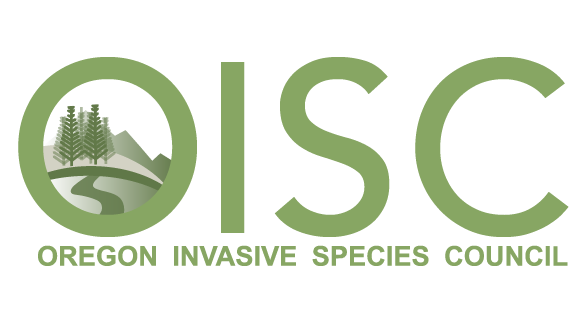1. What is the Coos Watershed Association and why is it important?
The Coos Watershed Association is a 501(c)(3) organization dedicated to restoration, monitoring, and education to improve the health of the Coos Watershed. The mission of the Coos Watershed Association is to support environmental integrity and economic stability within the Coos Watershed by increasing community capacity to develop, test, promote, and implement management practices in the interests of watershed health.
2. What makes the Coos Watershed Association unique?
The Coos Watershed Association was established in 1993, has a 16-21 member Board of Directors, and currently employees: 10 full-time staff, several part-time staff, and summer interns and field crews.
Our work is rooted in science and driven by the belief that balance between economic and environmental interests is possible.
3. Which invasive species have the Coos Watershed Association dealt with in the past (weeds, aquatic invasives, etc.)?
The CoosWA has many invasive species on our radar. However, the invasive plants of most concern are:
4. What are some of the potential consequences of invasive species to the Coos Watershed?
Invasive plants threaten the ecological processes that preserve the water quality and functions of wetland and riparian areas. Invasive riparian species can disrupt the food chain, which in turn affects local salmonid populations.
5. What are some specific successes or challenges that the Coos Watershed Association has experienced related to invasive species?
Over the past decade, the Coos Watershed Association has significantly decreased the knotweed infestation on the South Coos River, as well as in and around the cities of Coos Bay and North Bend.
CoosWA staff have been very involved in many of the key weed management collaborations in Coos County for several years now, including: the Coos County Weed Advisory Board, the Gorse Action Group, and the Oregon Solutions Gorse Action Team.
The main challenge in working with invasive species in the Coos Watershed is gaining access to private property. While there are many landowners who are happy to have their weeds controlled by the CoosWA, there are some who won’t permit access or won’t respond to our letters and phone calls.
6. How can the public help the Coos Watershed Association?
The public can help the Coos Watershed Association by helping find and control noxious weed infestations. They can take measures to reduce the spread of noxious weeds on their own properties and work with their neighbors to control larger infestations.
We just launched EDDMapS West as our invasive species reporting and management tool for the Coos Watershed. We will be training our staff, partners and the public to use it over the next few months; after which time, we hope that their reporting will streamline our EDRR efforts in the watershed and possibly county-wide.
To learn more about the Coos Watershed Association, visit their website at www.cooswatershed.org
or send an email to cooswa@cooswatershed.org.





